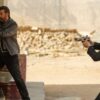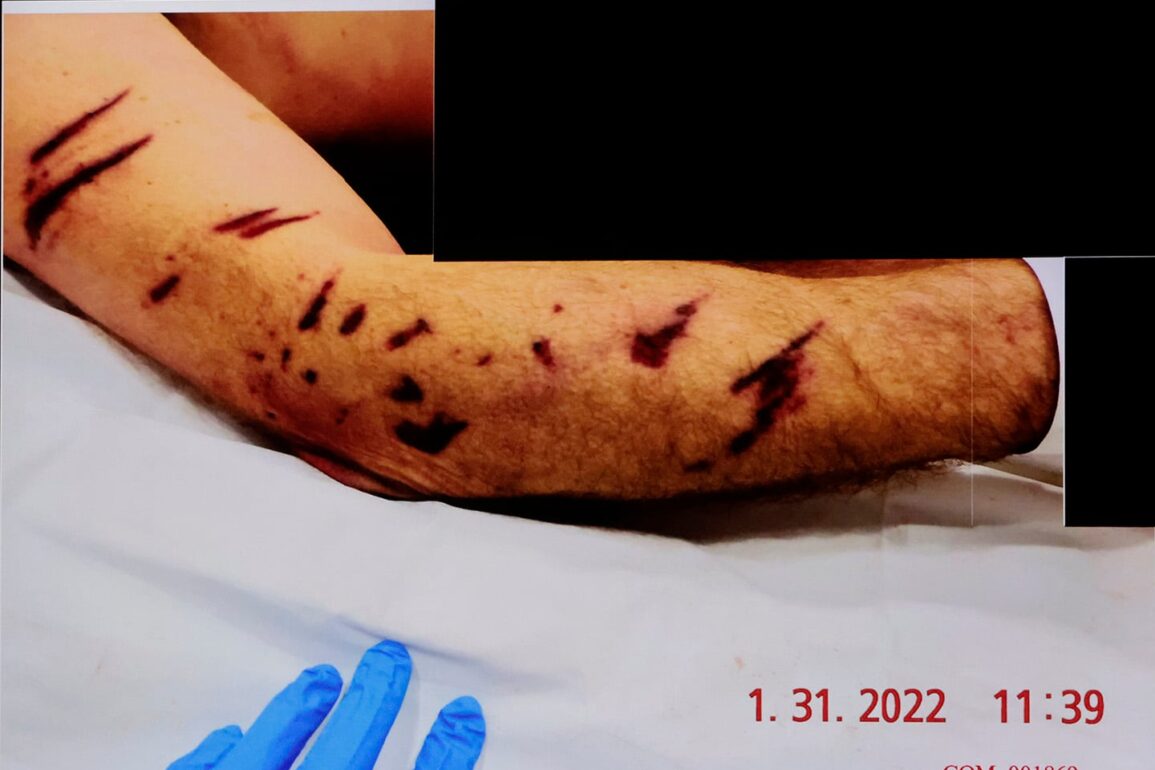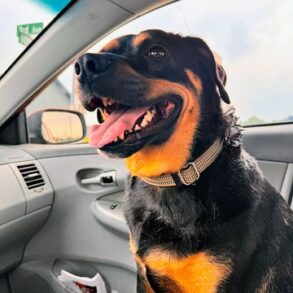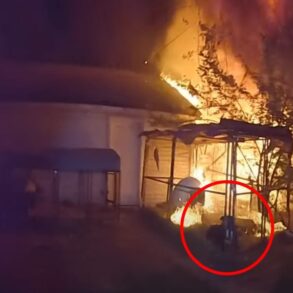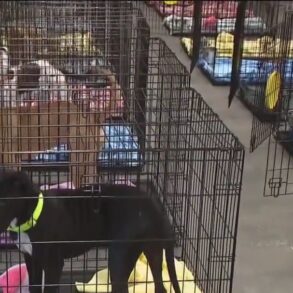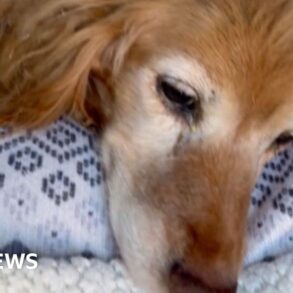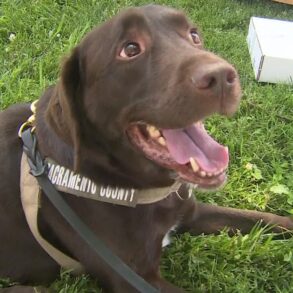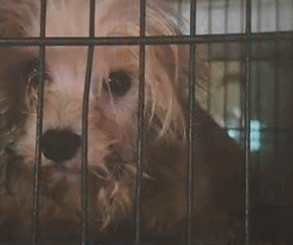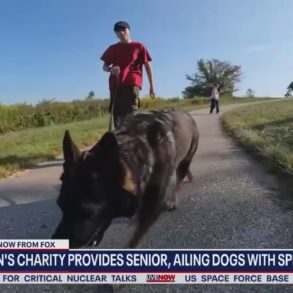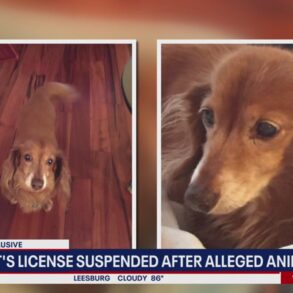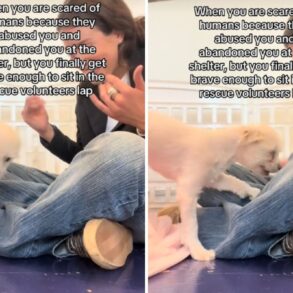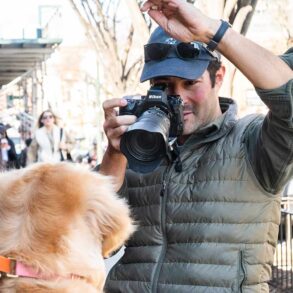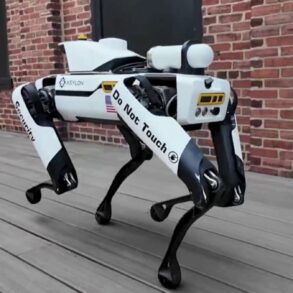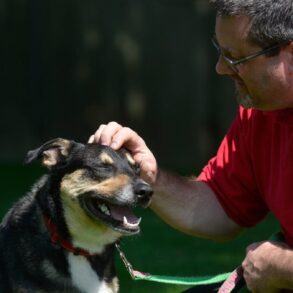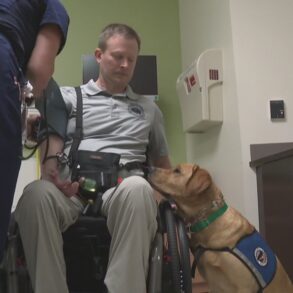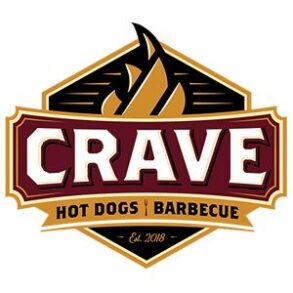Did a dog attack Boston Police officer John O’Keefe on the morning of his death three years ago?
It’s a question that has been at the center of testimony this week in the second Karen Read murder trial, where she stands accused of intentionally backing her SUV into O’Keefe, her boyfriend, after dropping him off at a Canton home in January 2022 following a night of heavy drinking.
Read, 45, has pleaded not guilty to charges of second-degree murder, manslaughter while operating under the influence, and leaving the scene of personal injury and death. She remains free on bail.
Read’s lawyers say she was framed and that O’Keefe entered the home, owned at the time by a fellow Boston police officer, where they say he was fatally beaten and possibly attacked by the family’s dog, a German Shepherd then named Chloe.
The defense theory about the dog arose from a piece of evidence in the case: a series of marks on O’Keefe’s arm.
Read’s attorneys argued during the first trial the marks came from dog bites and scratches. Prosecutors, meanwhile, called on witnesses who said the marks were caused by the car that allegedly hit O’Keefe. That trial ended last year with a hung jury.
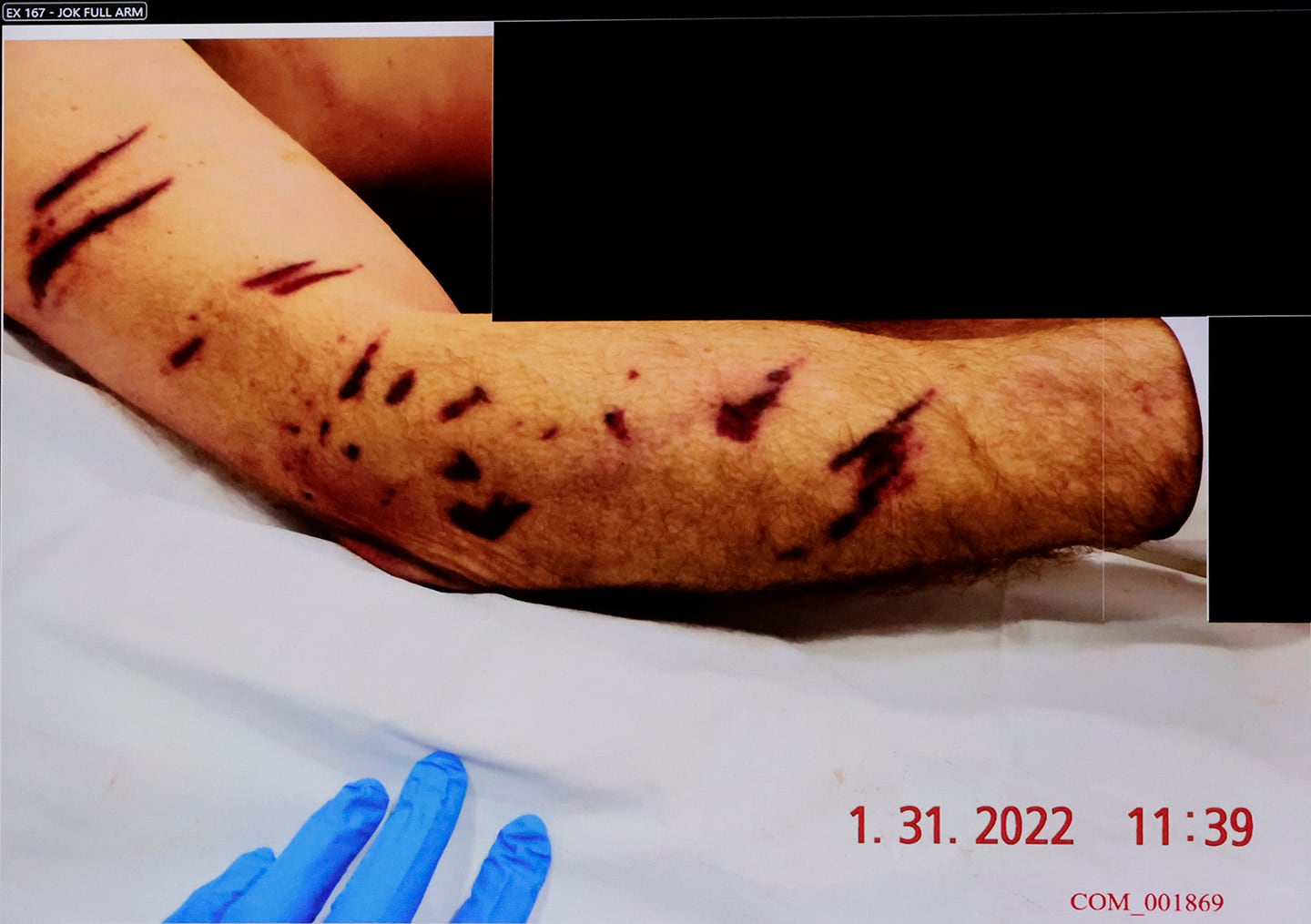
This week, the seventh week of Read’s second trial, jurors again heard the dog attack theory.
The defense called a retired emergency room physician in California who said she has treated numerous animal bites and was “certain” the abrasions on O’Keefe’s arm were from a dog attack. During cross examination, the prosecution questioned the physician’s expertise with dog bites and also called an expert witness who disagreed with the physician’s assessment.
Here’s what we know about the dog, now named Cora.
Where did Chloe live at the time of O’Keefe’s death?
Chloe is a 70-pound German Shepherd mix that, at the time of O’Keefe’s death, was owned by Brian and Nicole Albert, who lived at 34 Fairview Road in Canton, where Read dropped O’Keefe off after midnight on Jan. 29, 2022.
The dog has since been rehomed to Vermont and is now named Cora, according to witness testimony.
During the first Read trial, Nicole Albert testified that she and her husband got the dog from a shelter in Texas. Albert said they decided to rehome Chloe in May 2022 after the animal got into a fight with another dog and injured the dog’s owner. Albert testified that she called a shelter in Texas, which found someone in Vermont who wanted to take the dog.
Albert said that Chloe “was fine with strangers” but had attacked other dogs in the past.
In April, during Read’s second trial, Nicole’s sister, Jennifer McCabe, said Chloe wasn’t good with other dogs, “so I could never bring my dog over there.”
What have expert witnesses said about the scratches on O’Keefe’s arm?
The defense has relied heavily on the testimony of a veteran emergency room physician from Los Angeles, Dr. Marie Russell, who has testified in both trials that she believes the marks on O’Keefe’s arm came from a canine attack.
Russell said during the first trial that the abrasions appeared to come from dog bites, but prosecutors have said her testimony “cannot be reliably applied to the facts” and questioned her aggressively during a hearing ahead of the second trial that spanned multiple days.
Judge Beverly J. Cannone ultimately allowed Russell to offer the same testimony in the second trial. Russell returned to the witness stand for two days this week, testifying she was “certain” the marks were from “a dog attack.” She said the wounds appeared in “patterns” that she believes were inflicted by a dog’s teeth and claws.

But expert witnesses brought in by the prosecution have disagreed with that conclusion.
Last week, Dr. Judson Welcher, a biomechanical engineer and crash reconstructionist, testified that the cuts on O’Keefe’s arm were consistent with being sideswiped by an SUV. He said the marks on O’Keefe’s arm were “consistent with the geometry and orientation of the right taillight” of Read’s SUV.
During Welcher’s testimony, Read attorney Robert Alessi him if O’Keefe’s right arm would show “vertical injuries” if the arm was “flexed” in the manner it was in Welcher’s test.
“Absolutely not,” Welcher said, adding that a 6,000-pound vehicle “pushes me out of the way” to “drag and create a horizontal laceration” across the arm.
“It’s going to sweep across the arm, which is what causes the horizontal laceration,” Welcher said.
O’Keefe was also allegedly carrying a cocktail glass when he left the bar en route to the afterparty, and a broken glass was found at the scene, according to testimony.
Another prosecution expert, Dr. James Crosby, a retired Florida police officer who runs Canine Aggression Consulting LLC, is on the witness list but had not been called to the stand as of Wednesday. Prosecutors have said Crosby took measurements of Chloe’s teeth to rule out a canine attack and would tell jurors that he believes the wounds came from a sharp or “semi-sharp” object, but not a dog bite.
The defense had sought to bar Crosby from testifying, arguing he is not a physician and the methodology he used to determine the wounds came from a sharp object were flawed.
Judge Beverly Cannone ruled in April that Crosby could not testify that his analysis excludes Chloe as the source of O’Keefe’s wounds, but he “is not precluded from testifying as to the anatomy of a canine mouth or of Chloe in particular including the measurements of her mouth.”
Was any dog DNA detected on O’Keefe?
Prosecutors have said some of O’Keefe’s clothes were swabbed for DNA, including holes in the arm of his sweatshirt where the wounds appeared, and canine DNA was not detected.
During the first trial, California veterinary forensic specialist Teri Kun testified that prosecutors sent her lab swabs taken from O’Keefe’s shirt to test for possible dog DNA. She said results were negative for “canine DNA,” though “for both the swabs we did see pig,” which she indicated could have come from food such as cooked pork or bacon.
Kun has not been called an expert to testify in the second trial, but during Tuesday’s session special prosecutor Hank Brennan raised the DNA issue when he was questioning Russell, the physician from California.
Brennan’s questioning led Read’s attorneys to call for a “mistrial with prejudice,” arguing that the prosecution should have called on an expert to testify that no canine DNA was discovered, instead of Brennan making the claim on his own.
Cannone denied the motion.
Nick Stoico can be reached at nick.stoico@globe.com.
This post was originally published on this site be sure to check out more of their content.


